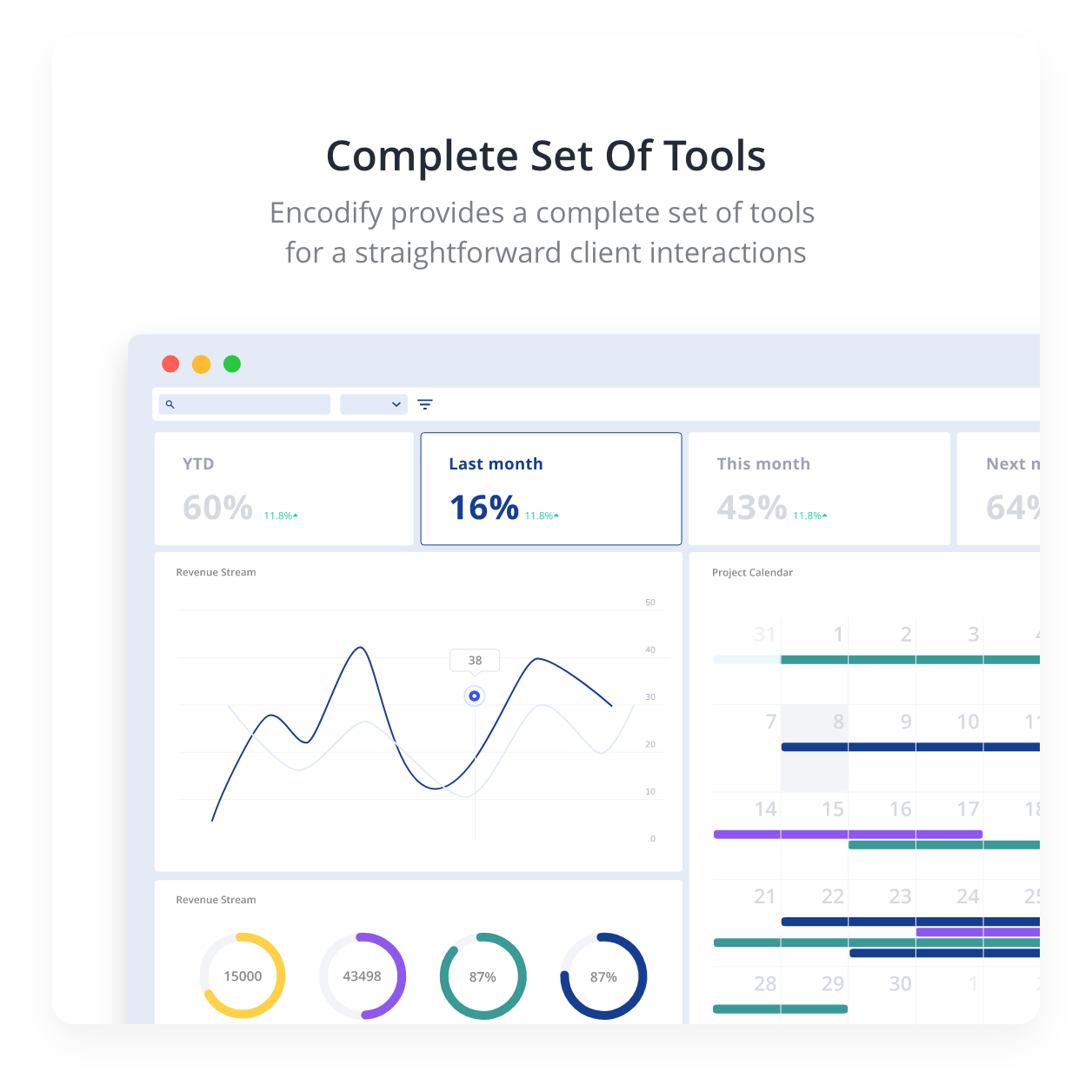We'd love to hear from you if you have questions about our products or services.
Cut 30% of your briefing-time
Brief, de-brief - and still, it goes back and forth. Nothing is more stressful for your account managers and your PM’s than getting the brief right. The rule of thumb is that we can help you cut ⅓ of the briefing time.

Ready to manage work more efficiently?
Explore the solution and what we have included

Ensures you focus on the essentials with user-centric and personalised dashboards. Get the complete overview of your work-in-progress allowing teams to make better informed decisions to ensure you work remains on track minimising the potential of delays

Centralise your incoming service requests from your external stakeholders and ensure complete alignment on the scope and cost of the work required to complete projects.

Manage your project & task within a flexible no-code platform that allows you to get a 360° view of progress of your projects and tasks from initial request to delivery

Allow your teams to work with greater efficiency to ensure you collaborate with your internal and external stakeholders during the approval of your work increasing your chances of getting work produced right the first time.

Analyse and reconcile the financial health, profitability and burn down rate of a project. Keeping track of 3rd party costs, expenses and internal fees.

Quickly utilise brand assets, creative content and other files within an integrated DAM connected to where you are managing your projects. Share all assets with clients for seamless collaboration and second to none service.

Remove data silos and allow your customers to generate their own content from dynamic reusable templates connected to the content stored in your PIM and/or DAM. Our web2print adbuilder allows for your teams to focus on doing the high-value work.

Content creation at scale. Allow your teams to speed up the creation of content utilising assets uploaded to your PIM and/or DAM to meet the growing consumer demand for more content.

Track the time added by your workforce when completing their work to support the reconciliation and invoicing process.

Connect your Private Label Management solution with your entire technology ecosystem to improve the way you work. No man is an island; we will help you glue everything together for optimal performance, transparency and efficiency.
What are the biggest challenges concerning IT in production agencies?
There are several challenges that advertising agencies may face when it comes to IT:
Managing multiple devices and platforms: Agencies often have to work with various devices and platforms, which can be challenging to manage.
Ensuring data security: Advertising agencies handle sensitive data, such as client information and campaign plans, and it is essential to ensure that this data is secure.
Staying up to date with technology: The advertising industry is constantly evolving, and agencies need to stay updated with the latest technology to remain competitive.
Integration of systems: Advertising agencies may use various systems and tools to manage their operations, and it can be challenging to integrate these systems seamlessly.
Managing IT budgets: Maintaining and updating IT systems can be expensive, and agencies must carefully manage their IT budgets.
Providing IT support: Advertising agencies may need IT support for employees, which can be time-consuming and resource-intensive.
How do clients want to integrate their IT systems with their agency?
Clients will likely want to integrate their IT systems with their agency in a way that allows for seamless communication, collaboration, and access to project-related information.
Some specific ways clients may want to integrate their IT systems with their agency include:
Using a project management tool: Clients may want to use a project management tool, such as Encodify, to share project updates, collaborate on tasks, and track progress with the agency.
Use of cloud-based file storage: Clients may want to use a cloud-based file storage service, such as Encodify, to share files with the agency. This allows both parties to access the latest versions of documents and media assets at any time.
Use of an automated workflow system: Clients may want to use it to streamline their processes and improve efficiency. This can include integrating systems such as invoicing and billing, time tracking, and project management.
Clients will likely want to integrate their IT systems with their agency to enable effective communication, collaboration, and access to project-related information.
Do production agencies widely adopt automation?
The adoption of automation varies among production agencies. Some agencies may have fully automated workflows, while others may only use automation for specific tasks.
The use of automation can improve efficiency and accuracy in the production process. It can also free up time for employees to focus on more creative or strategic tasks.
The adoption of automation may depend on the size and resources of the agency, as well as the specific needs of its clients. Some agencies may need more budget or expertise to implement automated systems, while others may prefer a more manual approach to production.
Overall, the adoption of automation in production agencies will likely continue to increase as technology improves and becomes more widely available. However, it is vital for agencies to consider the benefits and costs of automation carefully and to determine the best approach for their specific needs and goals.
What are the benefits of a work management system for an agency?
A work management system is a tool that helps organisations plan, track, and coordinate work activities. There are several benefits of using a work management system for an agency:
Improved productivity: A work management system can help streamline processes and improve efficiency by automating tasks, providing clear guidance on priorities and deadlines, and giving employees visibility into the status of projects.
Enhanced collaboration: A work management system can facilitate communication and collaboration among team members and clients by providing a central location for project-related information and allowing for real-time communication.
Better organisation: A work management system can help agencies stay organised by providing a clear overview of work activities and allowing users to track progress and prioritise tasks.
Increased transparency: A work management system can provide transparency into the status of projects, which can help agencies improve their communication with clients and stakeholders.
Enhanced flexibility: A work management system can allow agencies to adapt to changes in their workflow and adjust to new projects and clients more efficiently.
Overall, a work management system can help agencies improve productivity, collaboration, and organisation, increasing efficiency and effectiveness.














